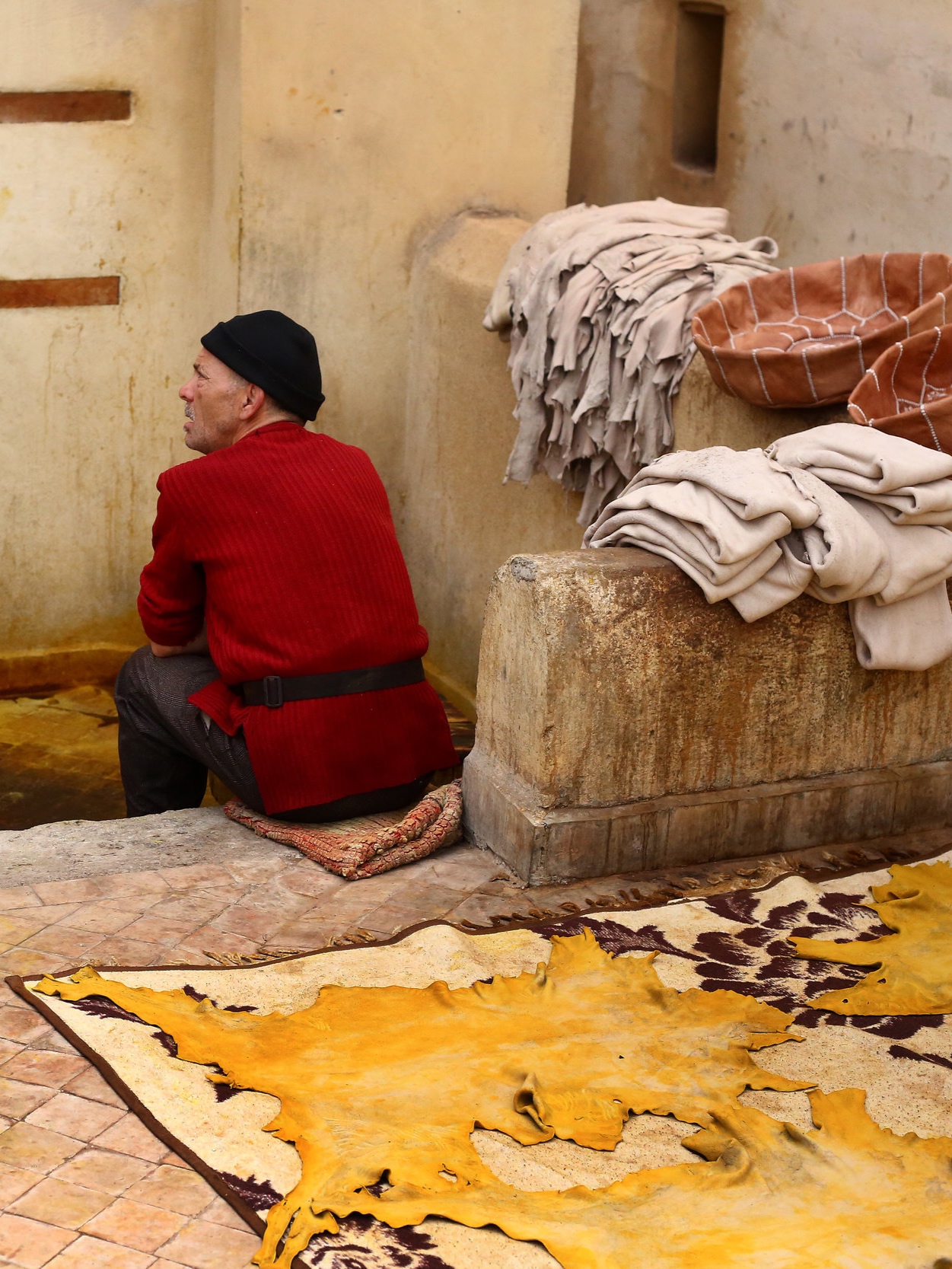Our Process
Our process focuses on making sure the knowledge of place and peoples travels with them. We have two goals: to keep these pieces deeply rooted in place and to have them widely recognized as modern art.
Photos by Aaron Marineau

Our Process
Our process focuses on making sure the knowledge of place and peoples travels with them. We have two goals: to keep these pieces deeply rooted in place and to have them widely recognized as modern art.
Photos by Aaron Marineau

The indigenous peoples of North Africa, the Berbers have a millennia-old, distinctive culture that is little known outside the region but has driven history within it. The weaving traditions vary by tribe and era, with pile rugs specific to only a fraction of the tribes regionally, most located in mountainous areas of Morocco. They are, however, always an articulation of culture and experience.
We focus on provenance which requires careful documentation of where and by whom these pieces were made. The true vintage pieces were made by hand by Berber women for use in rural, semi-nomadic tribes. They reflect the artistry of utility. They are tied to place, each region having some shared characteristics, and yet wildly individual, each an expression of the weaver herself. They hold vast collective knowledge, technique and visual language having been passed down through generations of women. They are thus both cultural objects and art and like any good art they travel.
Today, as the tourist souks grow and the commercial production of market rugs blooms with them, it is important to distinguish between rare true vintage pieces and those mass-produced in recent decades for the tourist trade. We are committed to showing place and peoples so that credit for this art goes to the rural places and traditional culture that produce it. Knowing the difference between souk rugs and vintage rugs, getting far away from the fantasy of tourist centers into real Berber regions, knowing the culture and the language in the mountains, building relationships in small towns, collecting as close to those communities as possible, doing everything that we can to be sure those communities benefit and that these are understood as specifically Berber art is all critically important for us.


Berber rugs are associated with mid-century design in large part because some of the founding modernists, Le Corbusier most notably, used them in defining modern spaces. But this is partly a translation error. In technique and aesthetic, the authentic rugs found today are a continuation of an old weaving tradition, changing as culture and experience and individuals do, but with a line back to much earlier works. Some symbols in the rugs of the last 100 years echo those seen in 10,000 year-old Saharan rock drawings or in traditional facial tattoos. There is a rich symbolic language to pull from and the best pieces do so in personal unique ways. They are art, not mimicry, a play between materials, necessity, tradition, imagination, expression, and skill.

Regardless of actual age and ancient tradition, they do read quite modern. There is a freedom, a sense of line and of color and of abstraction that we label modern, but that in fact pre-dates Western modern art and is indigenous to a traditional culture. We hope they challenge how we think about art, how we talk about traditional vs. modern, or craft vs. art, how we think of rural culture, how we think of Muslim women. Berber art deserves to be seen on its own terms, and often demands it.
Finally, as much as research and provenance matter, these are personal pieces, and require some respect for privacy. There is a visual language we can read in a general sense, recognizable symbols of fertility, prosperity, hospitality, and protection. But any given piece was made by an individual or small group of women who meant it for personal and family use. The exact meaning in any piece is not known to us and perhaps it shouldn’t be. Some mystery always remains--one more sign of true art.